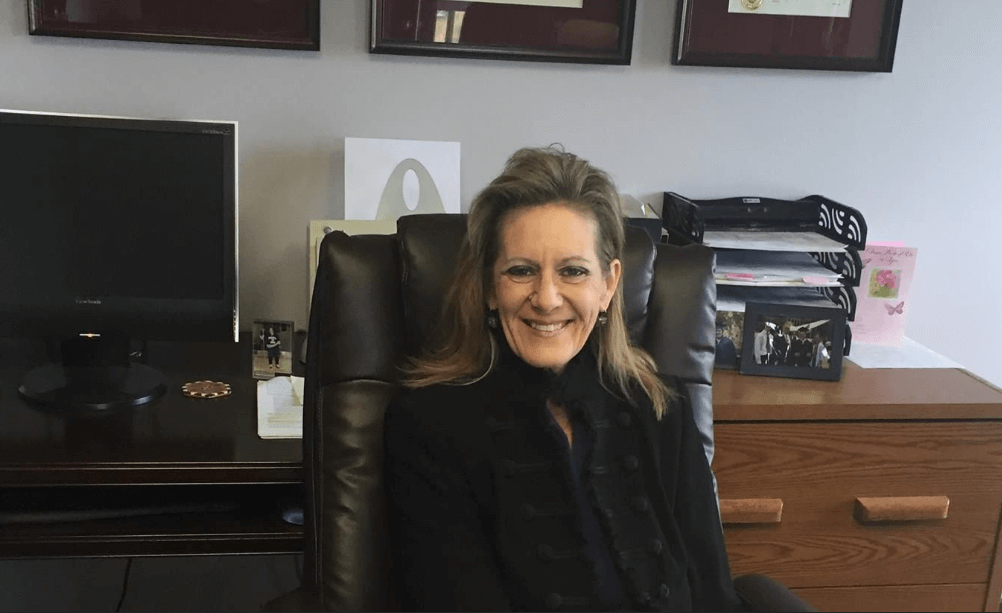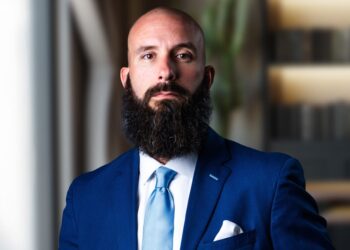A treehouse declaration to her childhood best friend, Kate Brown (now the governor of Oregon), was the genesis of Leslie Kimes’ legal career. “I remember asking her what she wanted to be when she grew up, and she said, ‘I want to be a lawyer.’ I said, ‘That sounds good to me.’”
Kimes earned her law degree from Hamline University School of Law (now known as Mitchell Hamline School of Law). Her father was a professor of theatre at Hamline University. Her mother is also a professional musician, so Kimes says she grew up in just the right environment for a future in law.
“I’ve always said good lawyering is at least 50 percent acting.”
Early on, Kimes developed an affinity for family law. However, she quickly grew weary of the histrionics accompanying acrimonious divorce and custody cases, and in the early ’90s, she became a pioneer of the collaborative process.
“We’re trying to change the face of family law from scorched earth litigation to positively restructuring the family,” she explains. “It’s a whole new paradigm in which we say, ‘This is your divorce and your children.’ We advise people holistically and allow them to be more involved in their own destiny.”
As a member of the Collaborative Law Institute since 1992, Kimes has been part of a progressive group of legal, mental health and financial professionals who are working together to help families define and fulfill their own objectives around marital dissolution, co-parenting and life after divorce. The collaborative method is gaining momentum as a better way for families to work through complex social and legal challenges, and it is now practiced across the United States and in 24 countries around the world.
Kimes is a solo legal practitioner and a founder of Collaborative Divorce Professionals, a practice group of CLI serving the northern and western suburbs of the Twin Cities. “She and her colleagues also provide free community workshops to educate families about process options and the benefits of the collaborative process.”
“Our 10-member practice group includes several attorneys, two financial specialists and a licensed marriage and family therapist. We’re a very collegial organization of professionals trained to check our adversarial hats at the door. We create a safe container for people. If their case ever goes to litigation at any point in time, we sign an agreement that we can’t represent them in any court proceeding. Our sole focus is on settlement.”
The process begins with each party retaining his or her own collaborative attorney. Each person is then referred to a coach who is a mental health professional and can act as a family specialist if there are minor children. The coach gathers information about relational, mental health, domestic abuse and chemical dependency issues which may have a bearing on the divorce process. After a pre-briefing between the attorneys and coach, the parties meet with their collaborative team to discuss goals and create a roadmap to resolution. The path forward is self-paced, moving with the readiness of each family and its ability to come to terms on a new future.
“My favorite phrase is that we are working toward positively restructuring families,” Kimes says. “For parents, that often means learning co-parenting skills they never had with the help of their family specialist and a parenting plan. There is little post-decree litigation in collaborative cases. We take our time to reach a deliberate and thoughtful settlement agreement the parties have had a hand in creating – one they feel good about living with going forward.”







